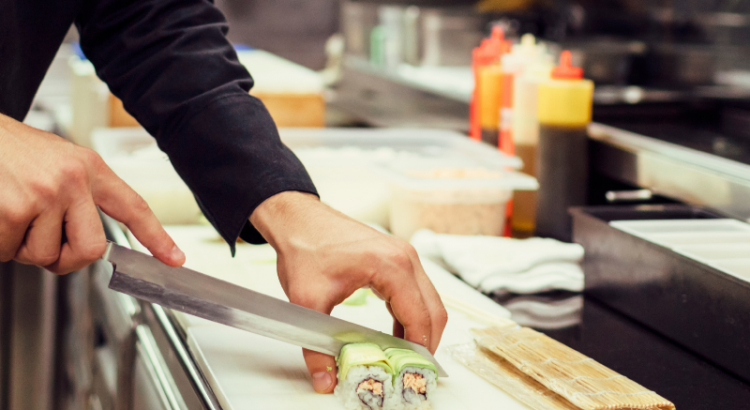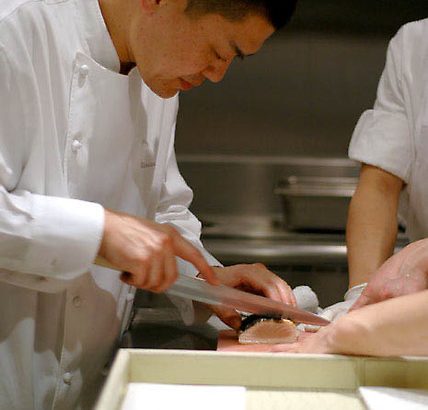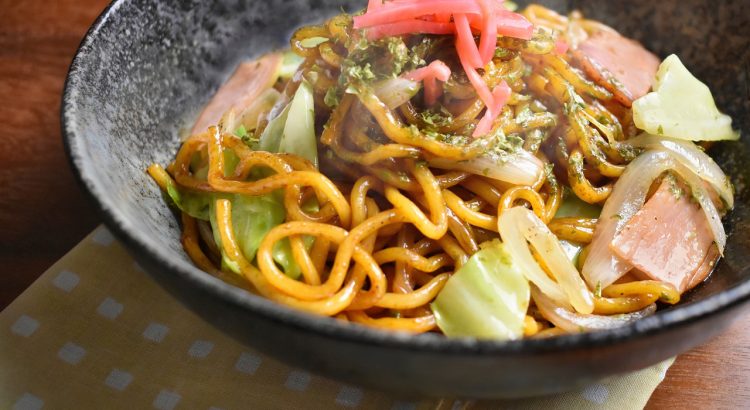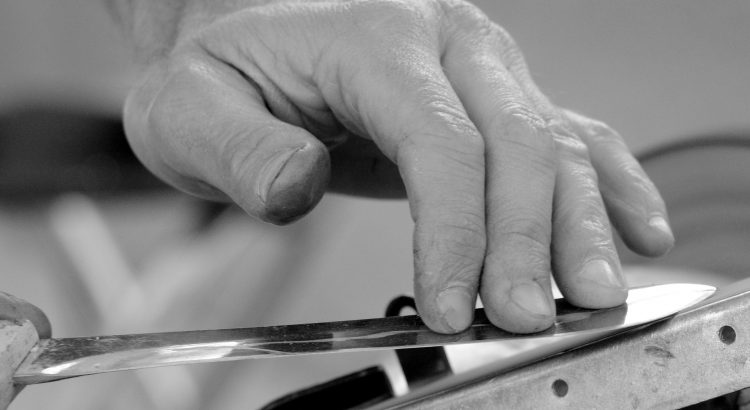Japanese food is renowned for the intricacy it values – the delicacy in Japanese dishes like sushi and sashimi is a profound essence and is what truly introduces the world ‘authentic’, traditional-styled dining experiences. In Japanese, we call someone who is a beginner or a novice ‘Shoshinsha’. And of course, every one of us has gone through that stage of being a starter at something, specifically at a technique or a skill in which requires the grasp of concepts, practice, and strong-willed dedication to succeed. Whatever skill it is, beginners or ‘shoshinsha’ will have to master the required techniques in order to reach the definite goal of becoming a professional – being good at something with great confidence.
When it comes to Japanese cuisine, the important skills required not only revolves around the ability to season the veggies, marinate the meat, or cook the authentic Japanese rice, but also the mastery of cutting skills. Japanese knives are known to be designed specifically for the making of sashimi dishes – one of the first authentic Japanese dishes that emerged in both the East and the West. Japanese food requires dedication – strong passion and understanding of every little detail each ingredient or process holds. The use of a specialized Japanese knife to slice, cut, and chop fine ingredients to create wonderfully hand-crafted delicacies is therefore highly essential and involves a great deal of concentration.
To correctly use a knife, especially if you’re a ‘shoshisha’ as they call novices in Japan, there are some tips and tricks that would serve as the awesome hacks you could use to appropriately hold a Japanese knife of your own and prepare the dishes efficiently without any worries. You may not be able to hold a knife professionally or perform the master-style slicing techniques featuring the swift blade motions like top-ranked Japanese chefs, but practice makes perfect. Now, we will now be looking into the basics, including some Japanese knife usage techniques to help out all beginners and novices out there.
Basic Preparation and Safety Tips
For beginners, find easy vegetables to practice the simple chops and cuts – cucumber, spring onions, or celery. It is recommended to position the cutting mat around 3 centimeters away from the counter’s edge for safety. However, once you are done using the knife, place it on the side of the cutting mat that is opposite of you and make sure the side with a sharp blade faces outwards away from you, the user.
Positioning
Ensure that you are positioned away from the counter for around 5 centimeters and not more; face your hips towards the counter and make an angle of 45 degrees to the counter or the cutting mat. This way, your hands and fingers would be positioned away from the cutting mat and will prevent the extinction of your knuckles resulting from accident knuckle-chop offs. Stand tall facing towards the cutting mat with your left foot pointing towards the counter. On the opposite, position your right foot a little bit to the right, ensuring that it makes a 45-degree angle.
Holding the knife
Although people have different preferences when it comes to holding a pen or a pencil, holding a Japanese knife needs a decent positioning, a good grip and a healthy hand gesture that will allow the sashimi pieces to be cut cleanly without wriggly lines and edges. The most typical way to hold a multi-purpose Japanese knife is to hold the knife in a way where your index finger’s knuckle would touch a side of the blade. Your thumb must be facing outwards to the sharp end of the blade, while the rest of the fingers follow the grip. If you are not familiar with that position, you can also adjust the position of your index finger, laying it on the spine of the blade to allow more control at the tip (it is a great position for delicate slicing).



